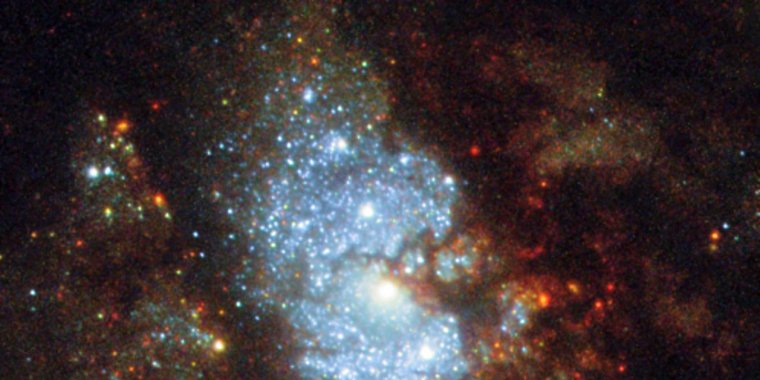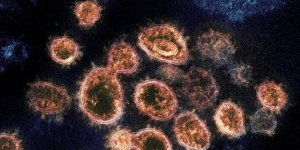| News / Science News |
Universe May Not Be Expanding at Same Rate in All Directions
Less than a second after the Big Bang, the universe suddenly blew up from almost nothing to a hot, dense sea of neutrons and electrons stretching across trillions of light years.

Universe May Not Be Expanding at Same Rate in All Directions. Photo: ESA/Hubble & NASA
13.8 billion years later, the universe is still expanding, albeit at a much slower rate.
The prevailing theory, known as the isotropy hypothesis, argues that the universe is not only expanding but doing so at the same rate in all directions. But a new study suggests that may not be the case.
In a new study astronomers challenge this cornerstone theory of cosmology. The results suggest that while the universe is expanding, it is not expanding at the same rate in all directions.
The researchers looked at 800 galaxy clusters across the universe, measuring the temperature of each cluster's hot gas. They then compared the data with how bright the clusters appeared in the sky.
If the universe was in fact isotropic, then galaxy clusters of similar temperatures, located at similar distances, would have similar levels of luminosity. But that was not the case.
“We saw that clusters with the same properties, with similar temperatures, appeared to be less bright than what we would expect in one direction of the sky, and brighter than expected in another direction,” Thomas Reiprich, professor at the University of Bonn, Germany said in a statement.
“These differences are not random, but have a clear pattern depending on the direction in which we observed in the sky.”
Ultimately, the new study suggests that the universe is anisotropic, meaning that it has a different value when measured in different directions.
The scientists don't know what would cause the universe to expand at different rates in different places. They believe the weird observations may have something to do with dark energy.
Dark energy is a mysterious force that accounts for more than 60 percent of the universe, and accounts for the space in between cosmic bodies and holds matter in place through gravitational force.
Previous work suggests the universe is expanding at an accelerating rate. Scientists believe dark energy, which is essentially pulling galaxies apart, drives the acceleration.
Very little is known about dark energy, because it is impossible to observe. But scientists believe that it is not uniform. As a result, dark energy may be stronger in some parts of the universe, and weaker in other parts. If that is true, then it could cause the universe to expand at different rates in different places.
The results, while odd, do not suggest the universe will run out of space in one direction faster than the other.
The universe does not need more ‘space’ to expand — its very expansion changes the metric of spacetime itself.
“If the Universe is truly anisotropic, even if only in the past few billion years, that would mean a huge paradigm shift because the direction of every object would have to be taken into account when we analyze their properties,” Konstantinos Migkas, a graduate student at the University of Bonn said in the statement. (Tasnim News Agency)
YOU MAY ALSO LIKE





